Chalazion removal
A lump on the eyelid caused by a disruption in the outflow of the meibomian gland secretion is called a chalazion. This disruption leads to stagnation of fat in the gland duct and the formation of a nodule under the skin of the eyelid. The formation can develop on the lower, upper eyelid, or both.
Despite the absence of pronounced pain, the resulting lump presses on the eye, provoking the development of inflammatory processes. The pathology interferes with normal vision and increases the risk of various eye diseases. For this reason, specialists most often insist on completely getting rid of the chalazion.

specialists

equipment

treatment

Causes and manifestations of chalazion
Pathology can be caused by many reasons. The main factors that provoke the development of chalazion:
- Oily facial skin. Those whose skin is prone to increased sebum production have a higher risk of developing chalazion
- Eye injuries. Even minor damage to the eyelid can provoke the development of chalazion. Dirty hands, an accidental blow or a chemical burn - all this creates conditions for blocking the gland
- Problems with the body. Some internal diseases increase the likelihood of chalazion formation. Among them are diabetes, stomach and intestinal problems, anemia and low immunity
- Vitamin and mineral deficiency. Insufficient intake of nutrients weakens the body's defenses, slows down metabolism and reduces resistance to infections
Manifestations of chalazion begin with mild discomfort. At first, a slight itch or tingling sensation is felt in the eyelid area. Gradually, a rounded elevation under the skin forms. The seal is hard to the touch, but almost does not hurt. Over time, the chalazion increases in size, irritates the mucous membrane of the eye and impedes vision.

Diagnostics of Chalazion
Most often, a routine eye exam can detect a lesion. If, after a standard eye exam, the doctor suspects a pathology, he must find out the following:
- are there any visual impairments
- have there been any recent infectious diseases
- how strong is the patient's immunity
- are there any chronic illnesses, serious skin infections, cancer or tuberculosis
- have there been previous eye injuries or surgeries
- has the patient taken medications, been in contact with toxic substances or allergens
Sometimes an ultrasound scan of the lesion is performed - it helps to more accurately determine its position, size, structure and connection with neighboring structures.
Since the appearance of a chalazion is not caused by microbes, bacterial culture is usually not required. It is prescribed only when the doctor suspects a secondary infection. A biopsy only makes sense if there is a risk of cancer cells spreading.
Differential diagnostics
To distinguish chalazion from internal barley, look at the external signs. However, for the first two or three days, both conditions look the same. A hint is an increase in temperature, a feeling of cold inside the body, and severe inflammation of the edge of the eyelid.
Chalazion in the elderly often resembles some types of cancer: squamous cell tumor, seborrheic or microcystic carcinoma. People with reduced immunity who are undergoing chemotherapy often experience dysfunction of the meibomian glands, which contributes to the formation of chalazions.
Classification and stages of development of chalazion
There are different types of chalazion, each of which requires a special approach to treatment.
Each type of chalazion goes through certain stages of its development. First, a small lump is formed, then it becomes larger and more noticeable. Then there may be periods of exacerbation and attenuation of symptoms.
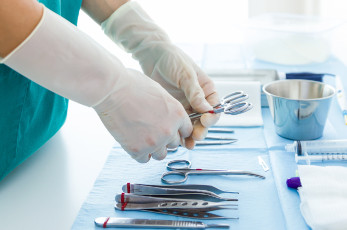
-
A superficial chalazion begins with inflammation of the meibomian gland, which is located close to the surface of the eyelid. It usually appears as a small nodule under the skin that gradually enlarges.
-
A deep chalazion forms directly in the thickness of the cartilaginous layer of the eyelid. This type is more difficult to notice immediately, because it is located far from the outer side of the eyelid and grows more slowly.
-
A large solitary chalazion is a large lump that interferes with normal vision and causes discomfort. Most often, it appears once, but is difficult to treat with medication.
-
Multiple chalazion is characterized by the appearance of several formations at the same time. Often they occur next to each other and require complex treatment
-
Abscessing chalazion, also known as pyogenic granuloma. This is an abscess that occurs due to infection penetrating into the blocked gland. If you do not consult a doctor in time, this form can lead to complications.
Chalazion treatment
Drug treatment
At the first stage of the disease, the doctor prescribes special eye drops and ointments. If an infection or pus appears, antibiotics are indicated. When these remedies are ineffective, hormone injections are given directly into the formation - this relieves inflammation and reduces the size of the chalazion. Sometimes injections can cause serious side effects, such as vision loss or skin discoloration.
Surgical treatment of chalazion
If conservative treatment has failed, surgical removal of the chalazion is indicated. The operation is performed quickly, using local anesthesia. The doctor makes an incision - either outside or inside the eyelid, carefully removes the contents and treats the wound. Then they put a sterile bandage and send the patient home. Additionally, special drops or ointment with an antibiotic are prescribed. Surgical treatment very rarely requires stitches.
Laser method
An alternative to surgical ophthalmological intervention is laser surgery. This method is less invasive and practically does not provoke blood loss. The result of laser surgery is easier to predict. The risk of complications, as well as the rehabilitation period, with laser intervention is minimal.
Electrocoagulation
When removing chalazion, electric current of different frequencies is also used. A special device literally burns the membrane and pus, while sealing small vessels. The wound after the procedure heals unnoticeably, no scars remain. But this method is less common than laser removal of chalazion.
Traditional excision
Radical intervention is performed in a clinic, using anesthesia. The surgeon makes an incision on the skin or the inner side of the eyelid and excises the entire chalazion, including the membrane. If a canal-abscess appears, the doctor additionally dissolves the adjacent tissues. Sometimes not only the chalazion itself is removed, but also the affected areas of the soft tissues around it.
How to prepare for surgery
Surgical treatment of chalazion requires little preparation. The patient needs to visit an ophthalmologist and an ophthalmologist surgeon. Doctors will check vision and general health, and find out about possible allergies.
Before surgery, a complete diagnosis is required, including a general blood test, coagulation test, urine test, examination for syphilis, hepatitis and other diseases.
Prices for treatment and removal of chalazion
The cost of treatment and removal of chalazion depends, firstly, on the size and location of the formation. The more complex the case, the more expensive the procedure will be. Secondly, on the chosen method of getting rid of chalazion. In addition, the price is made up of the type of anesthesia, the length of stay in the clinic and the appointment of additional examinations. It is difficult to calculate the exact price without an in-person consultation, since each case is individual.
You can find out the approximate cost of services in several ways. The easiest way is to open the price list on the official website of the K+31 center (Moscow). You can also call our medical center, and you will be consulted on all issues of interest. You can also make an appointment both on our website and by phone.
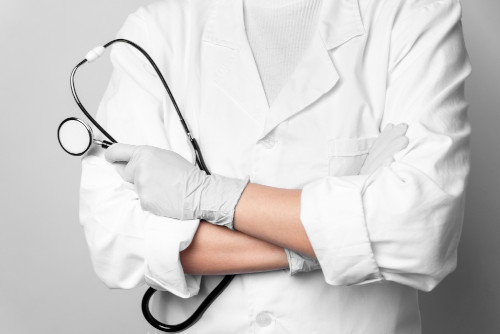

This award is given to clinics with the highest ratings according to user ratings, a large number of requests from this site, and in the absence of critical violations.

This award is given to clinics with the highest ratings according to user ratings. It means that the place is known, loved, and definitely worth visiting.

The ProDoctors portal collected 500 thousand reviews, compiled a rating of doctors based on them and awarded the best. We are proud that our doctors are among those awarded.
Make an appointment at a convenient time on the nearest date
Price

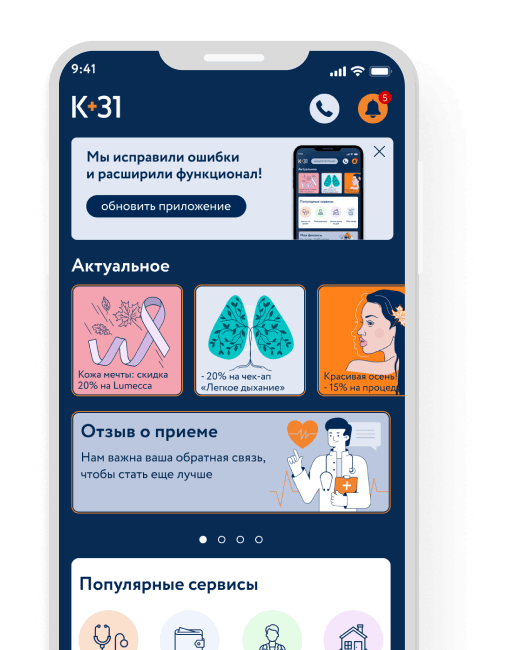
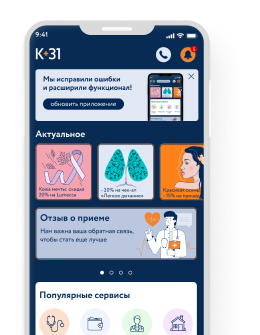



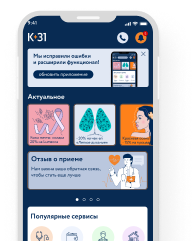
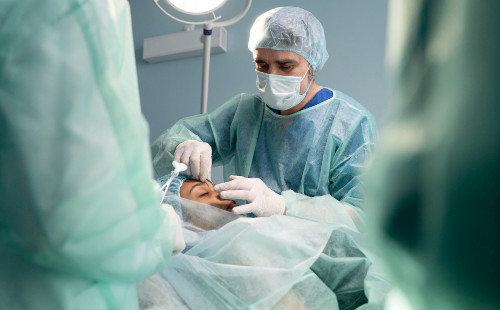
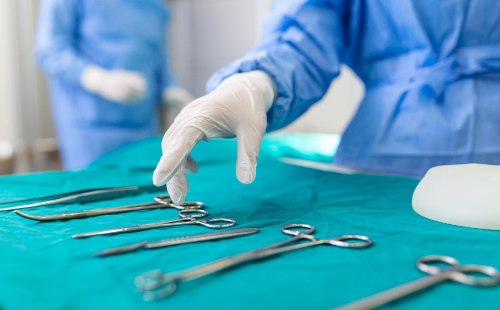
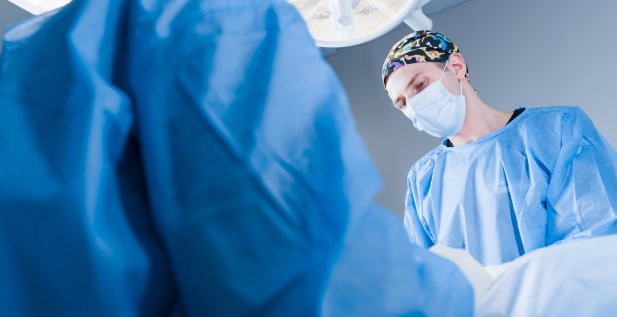

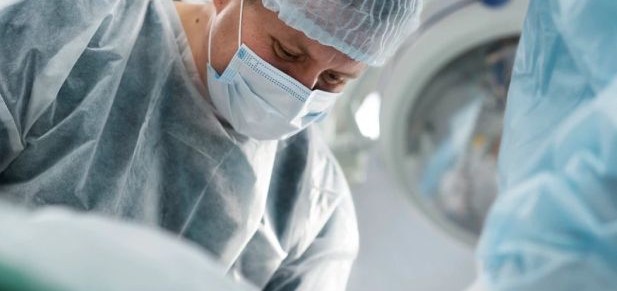
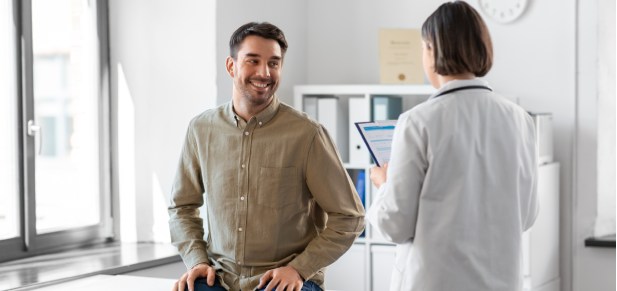
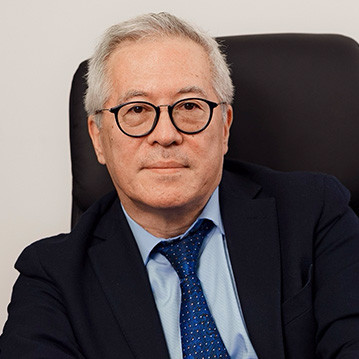
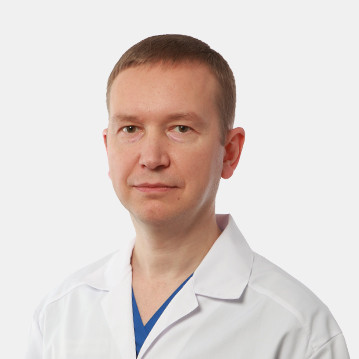
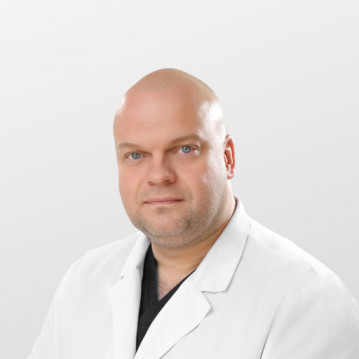
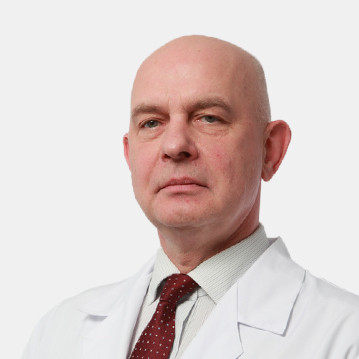
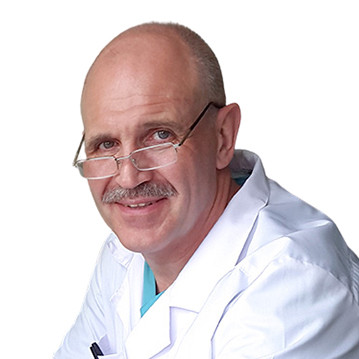
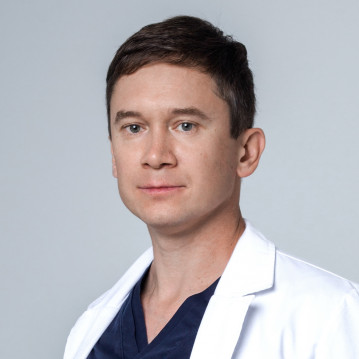
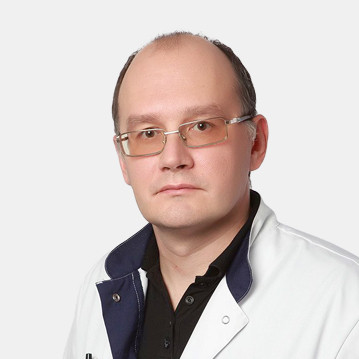
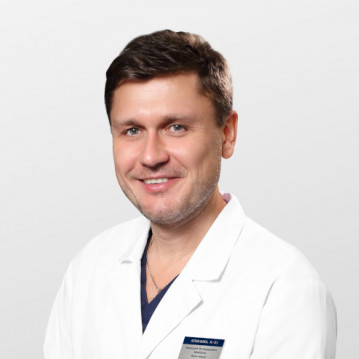
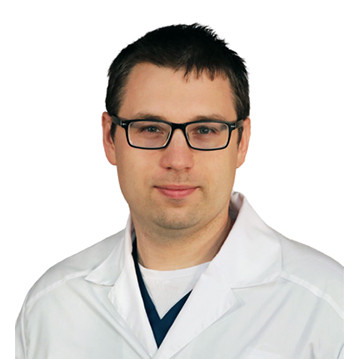
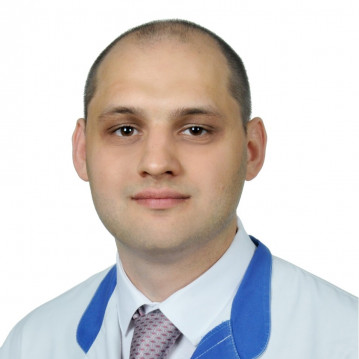
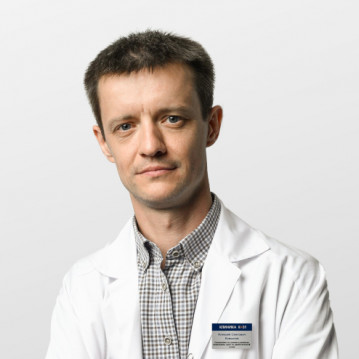
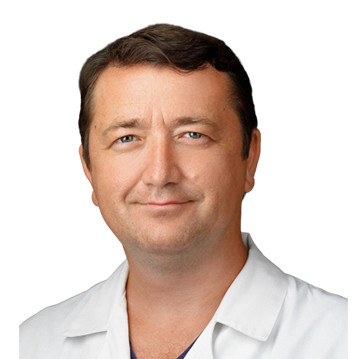
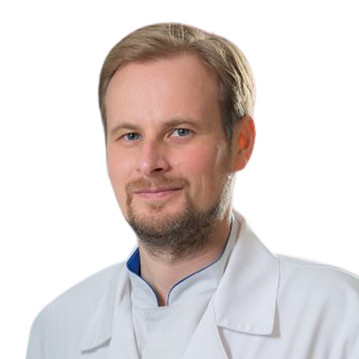
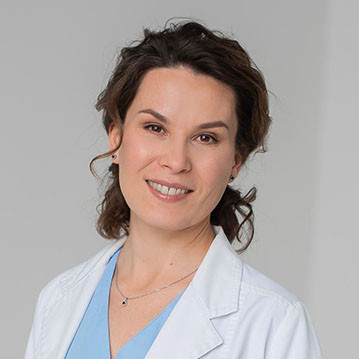
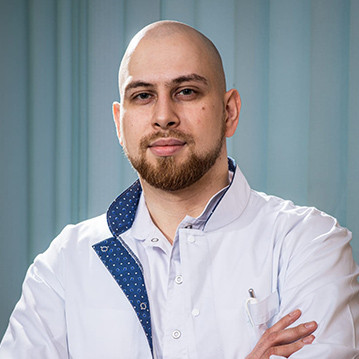
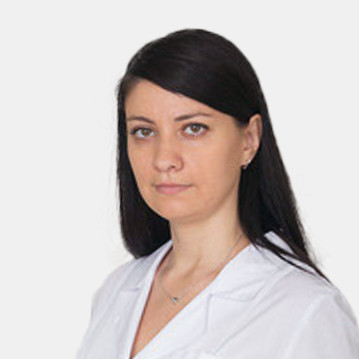
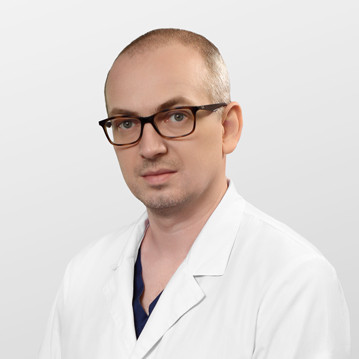
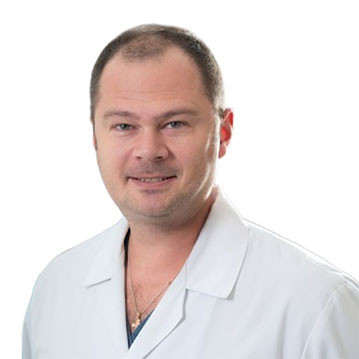
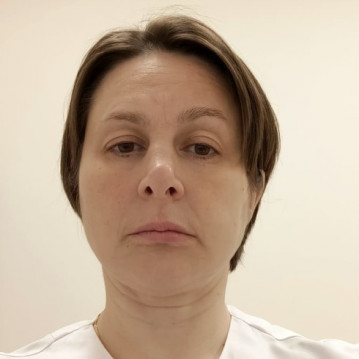
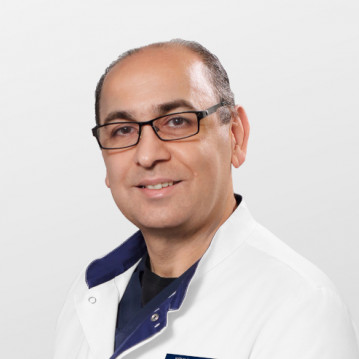
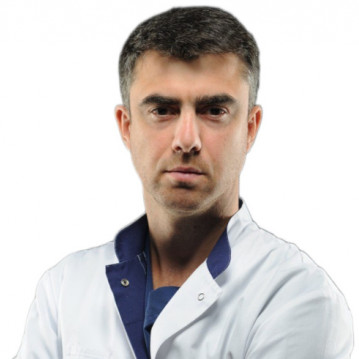
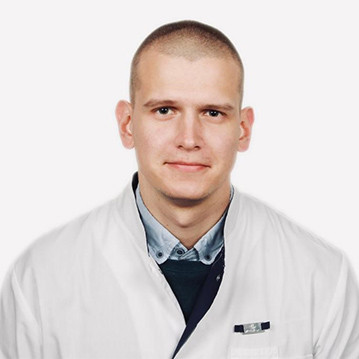
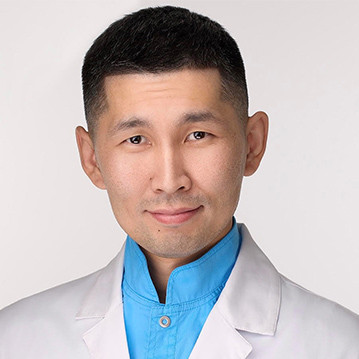

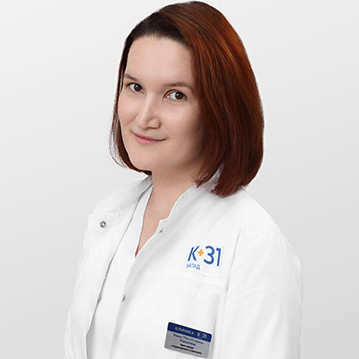
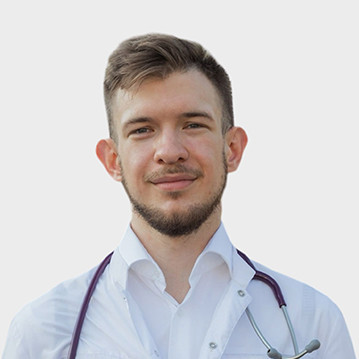

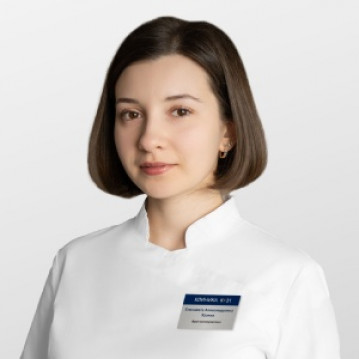
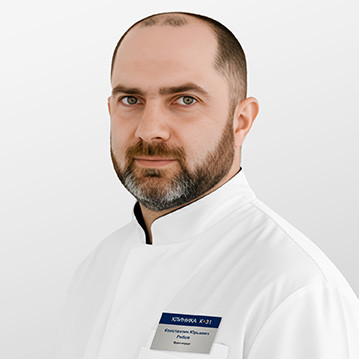
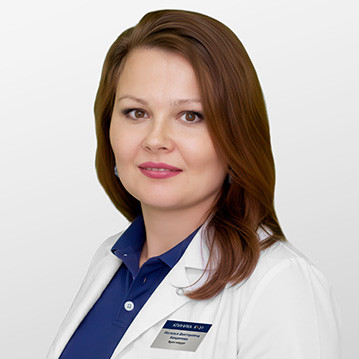
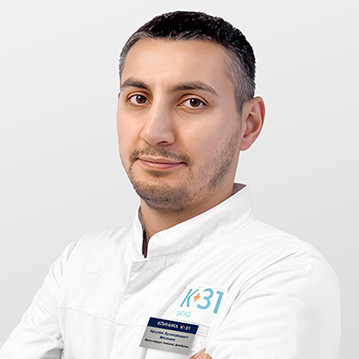
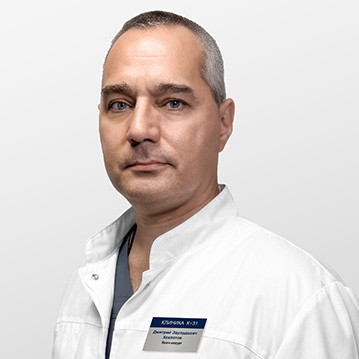
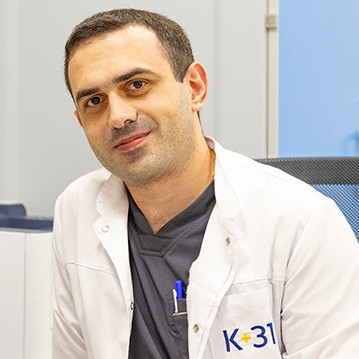
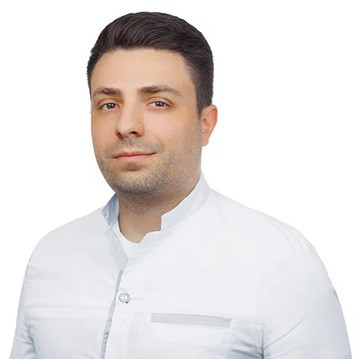
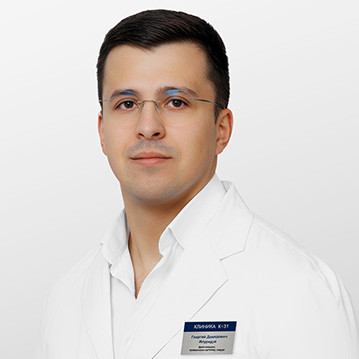
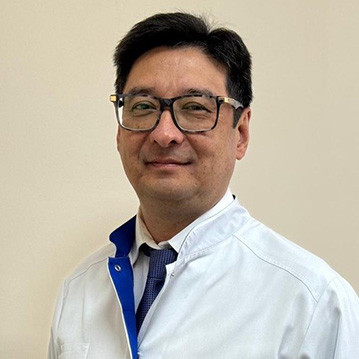


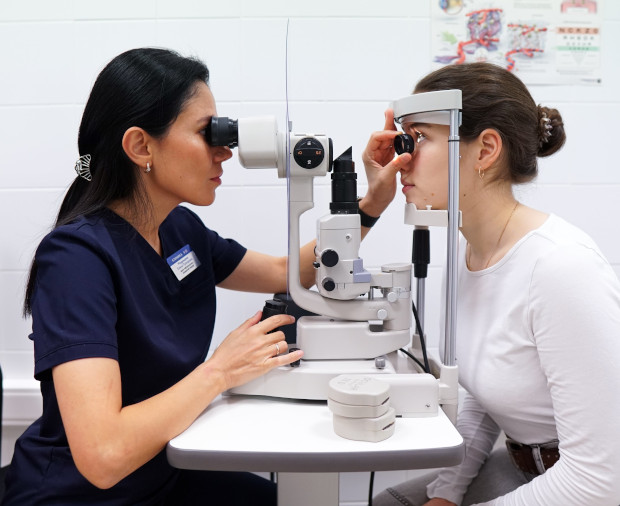
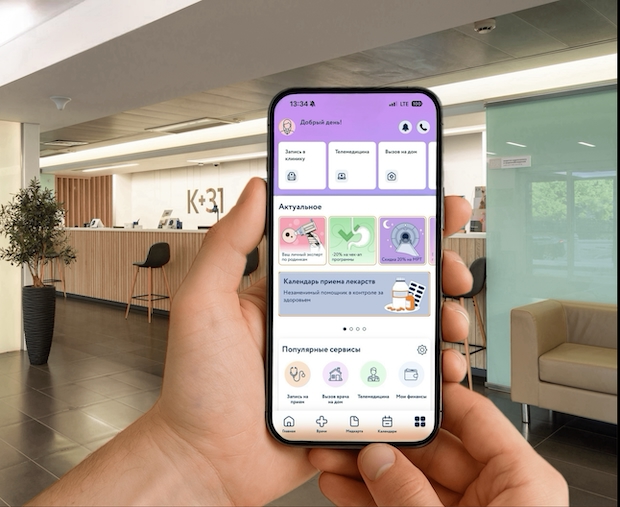
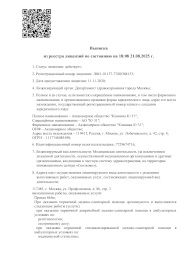
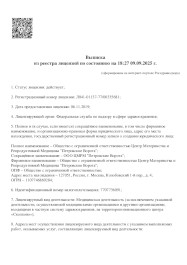
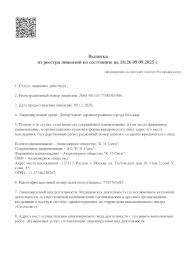
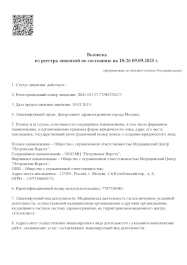
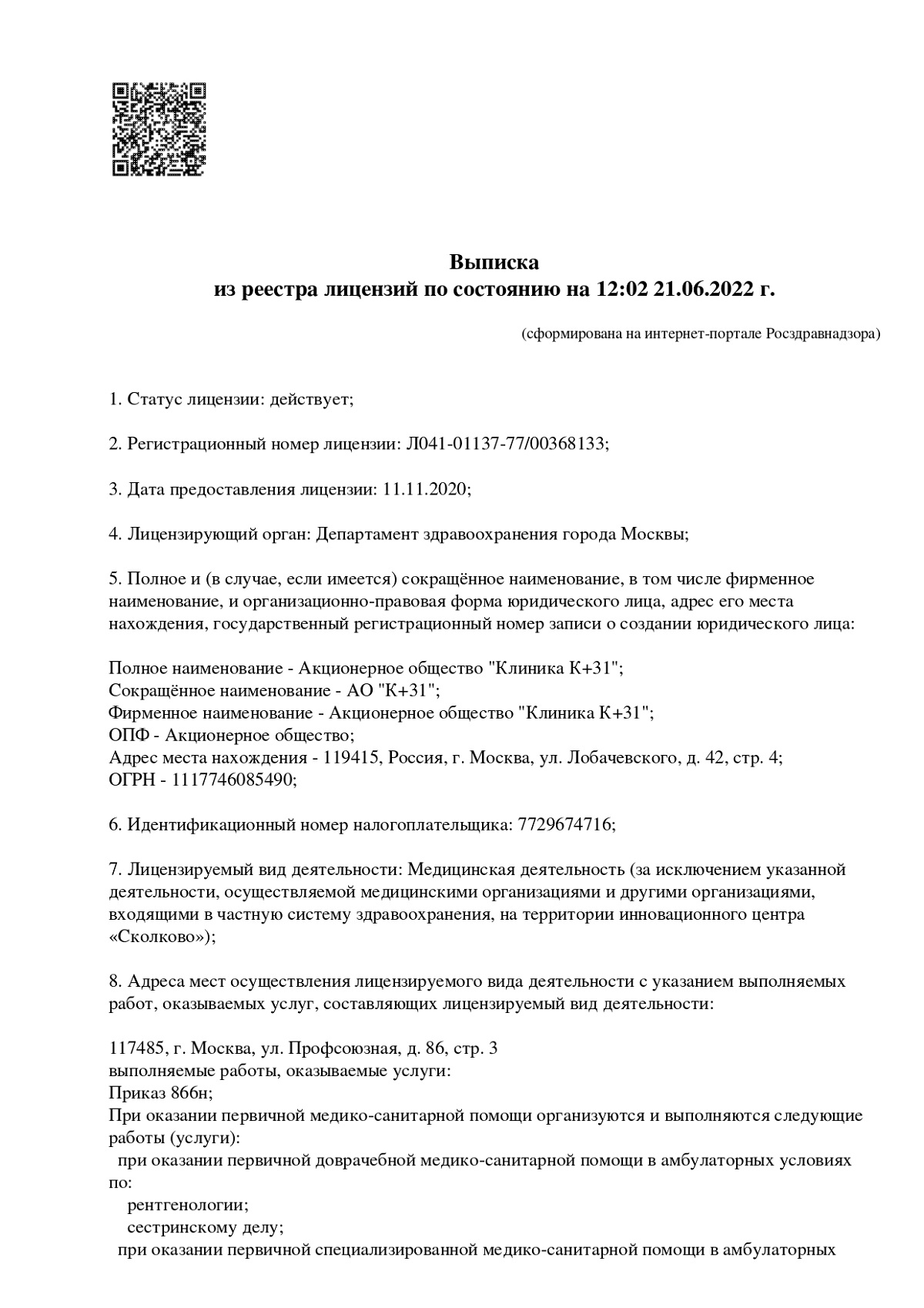
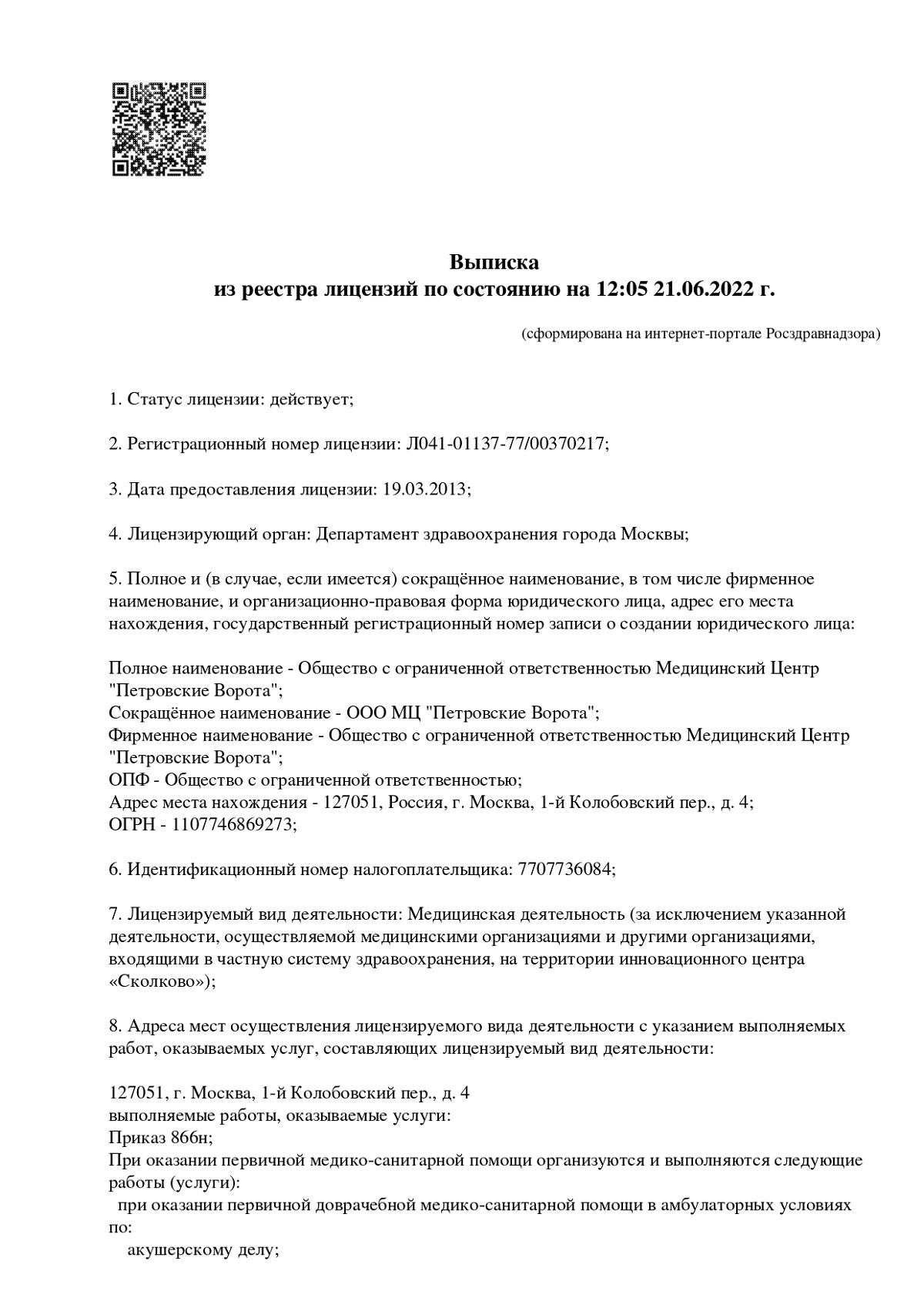
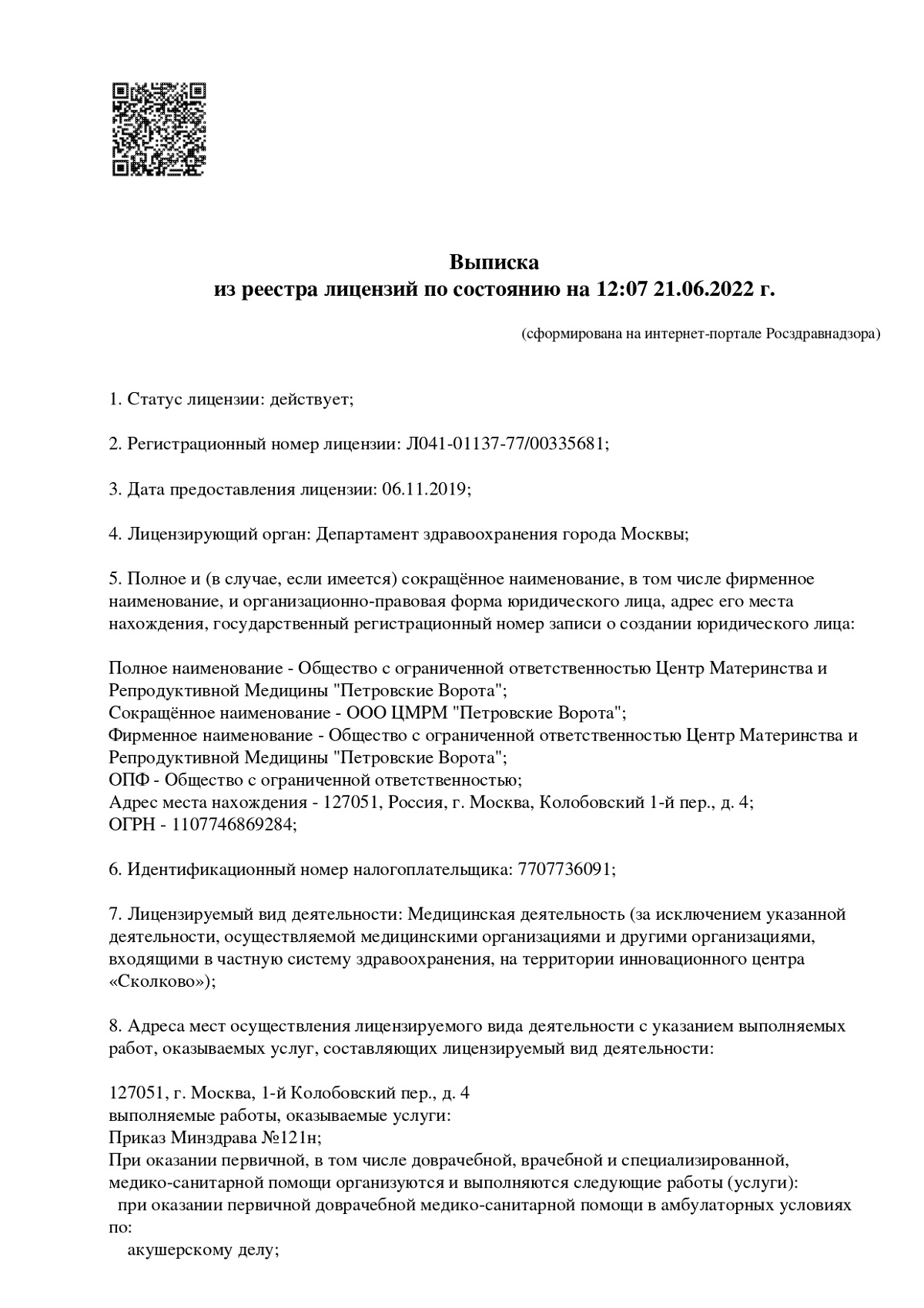
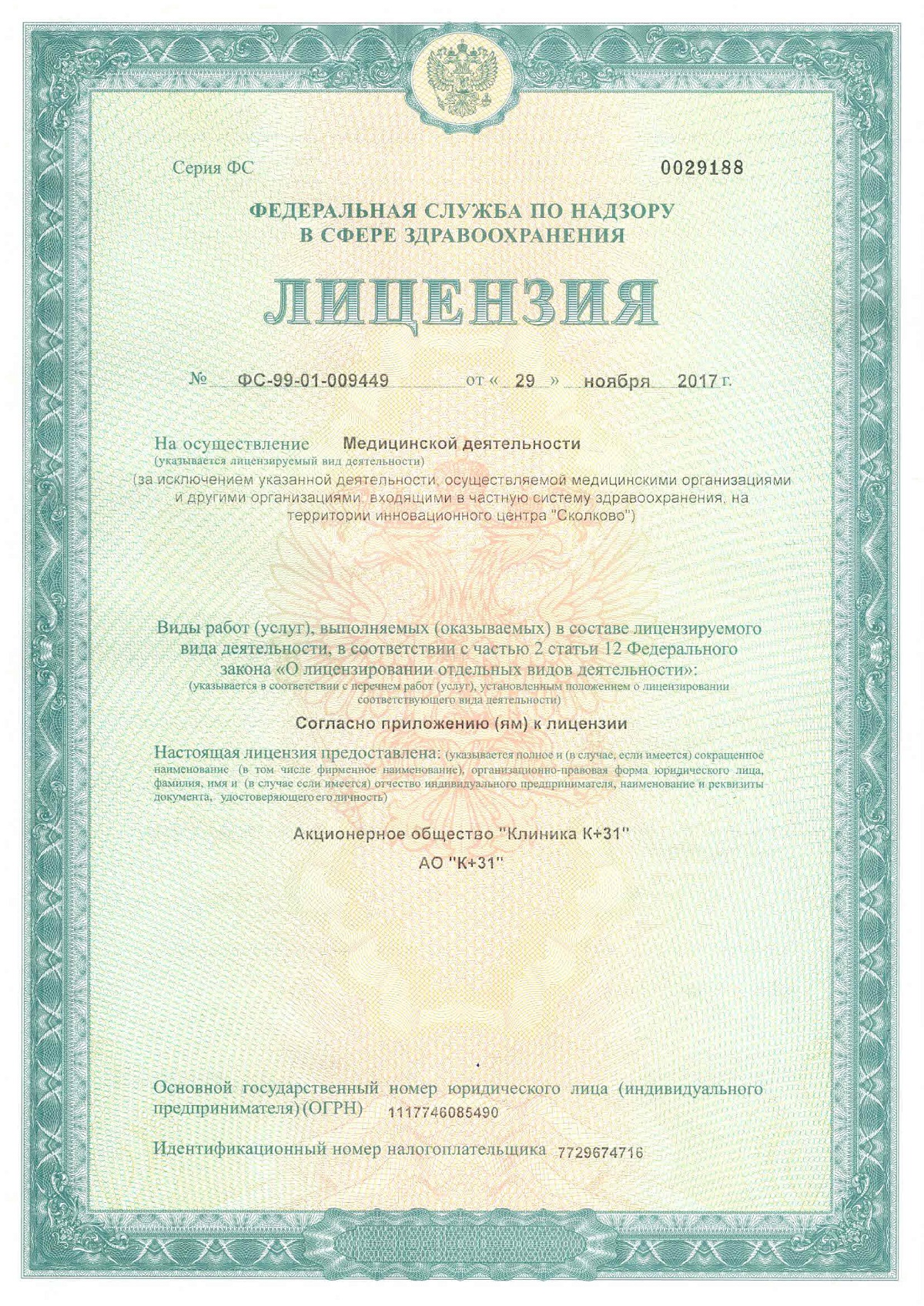
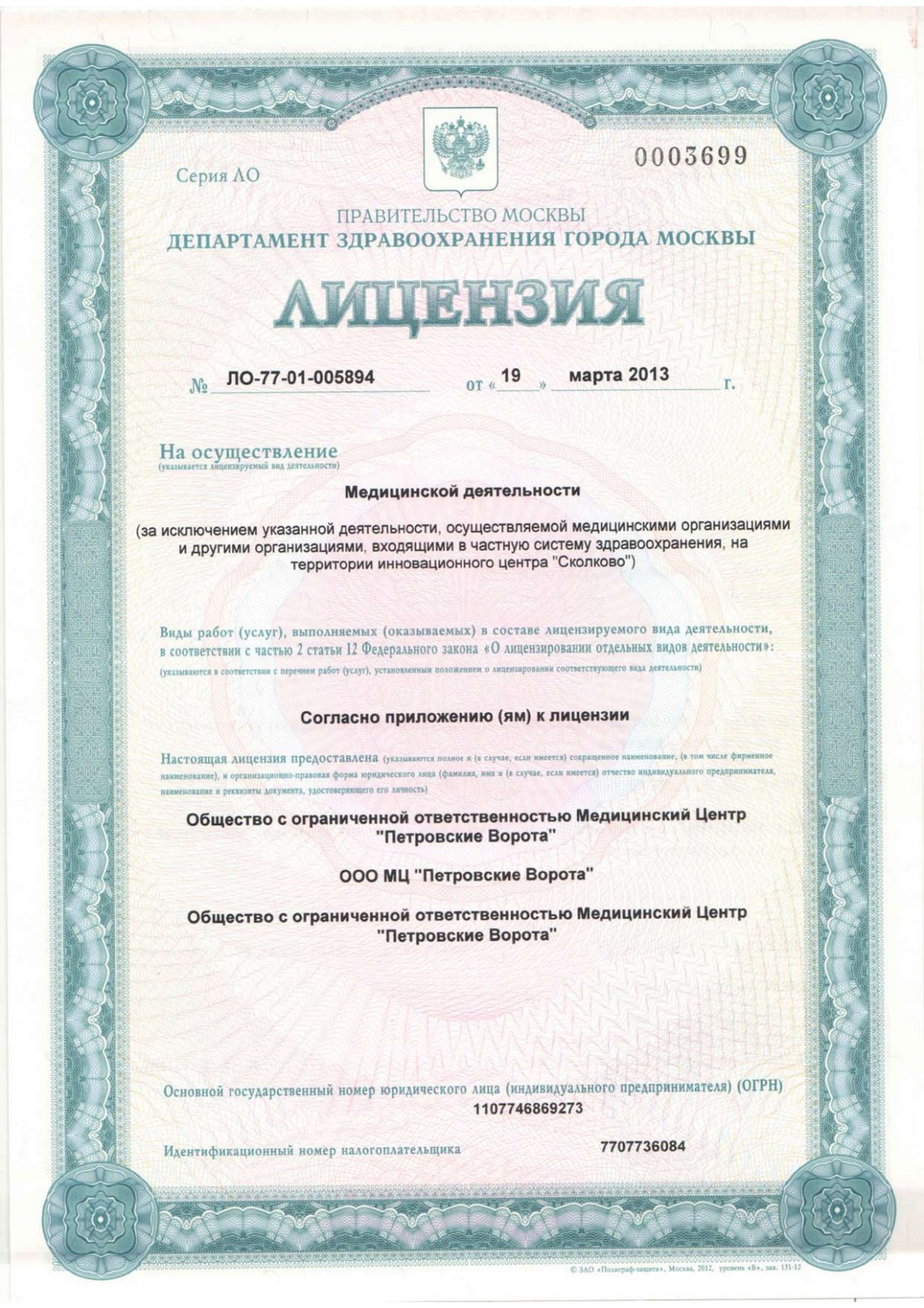
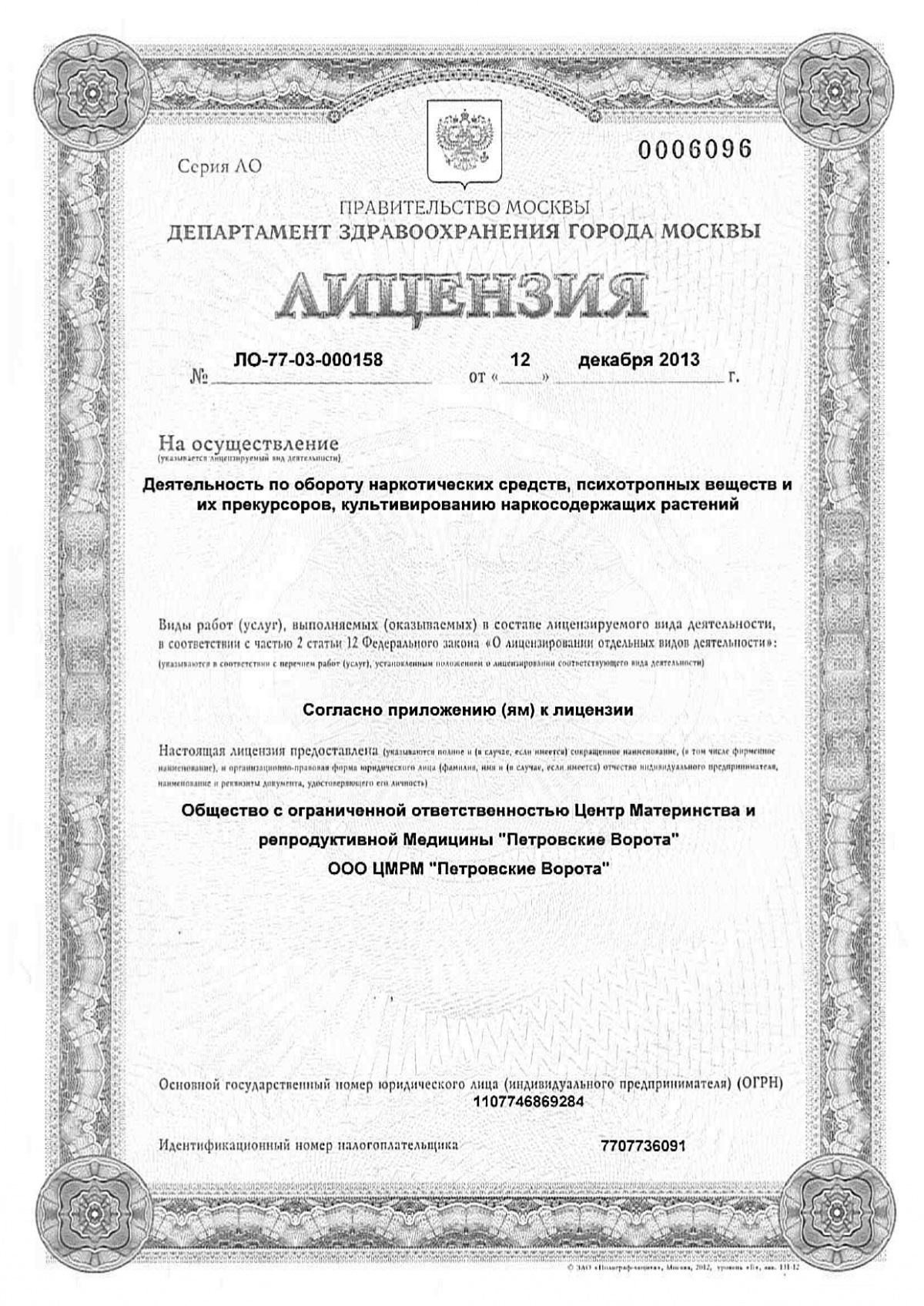
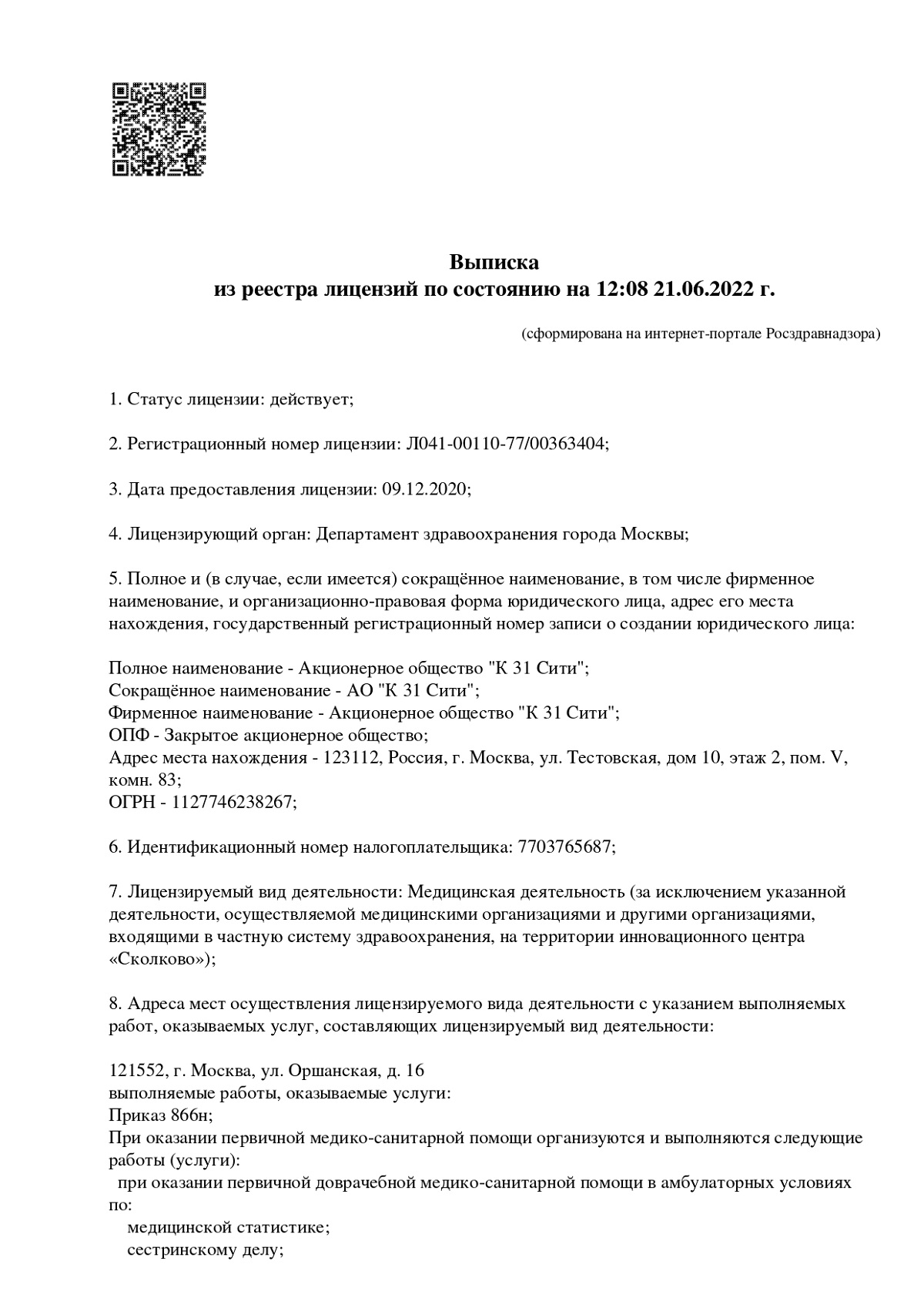
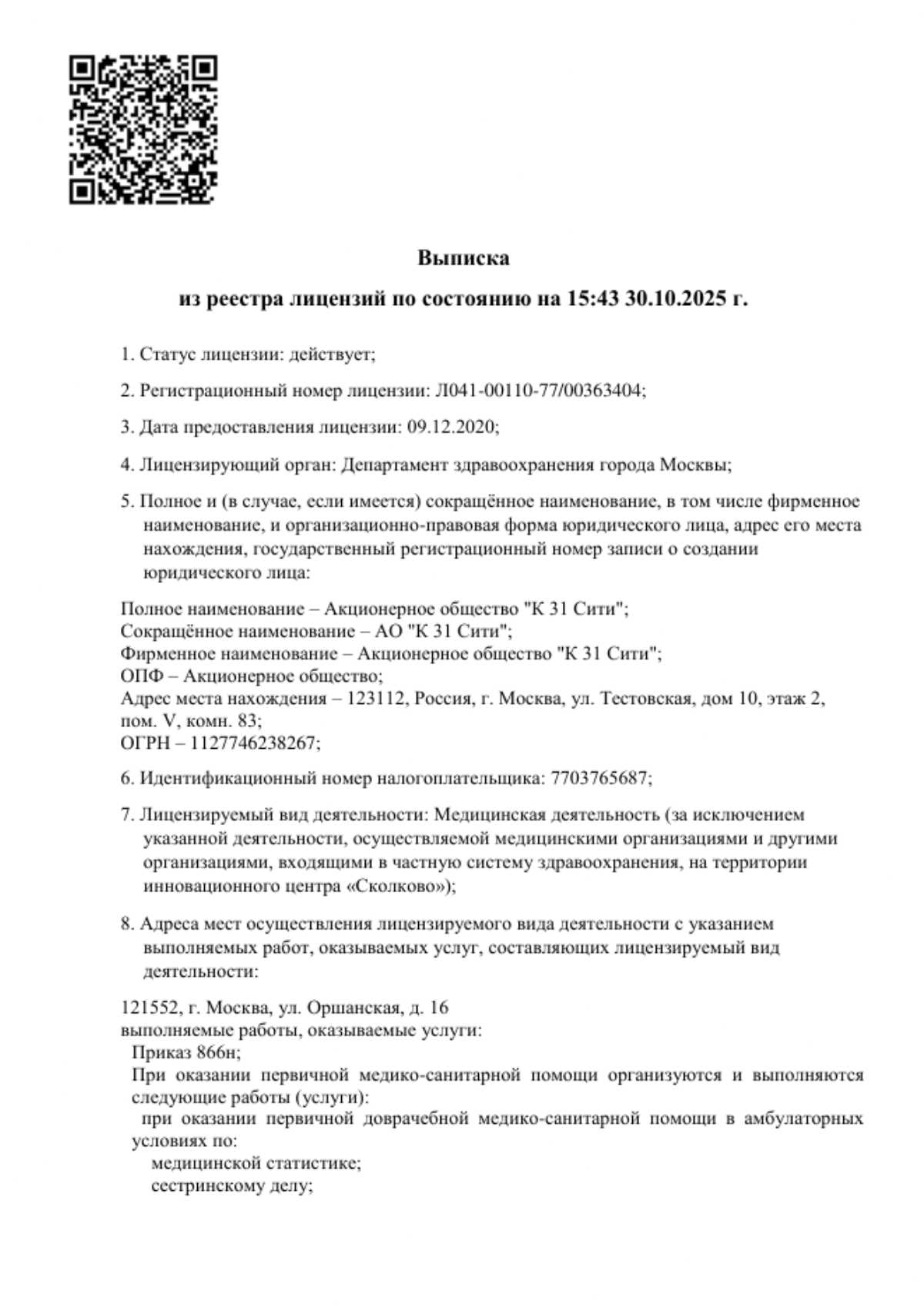
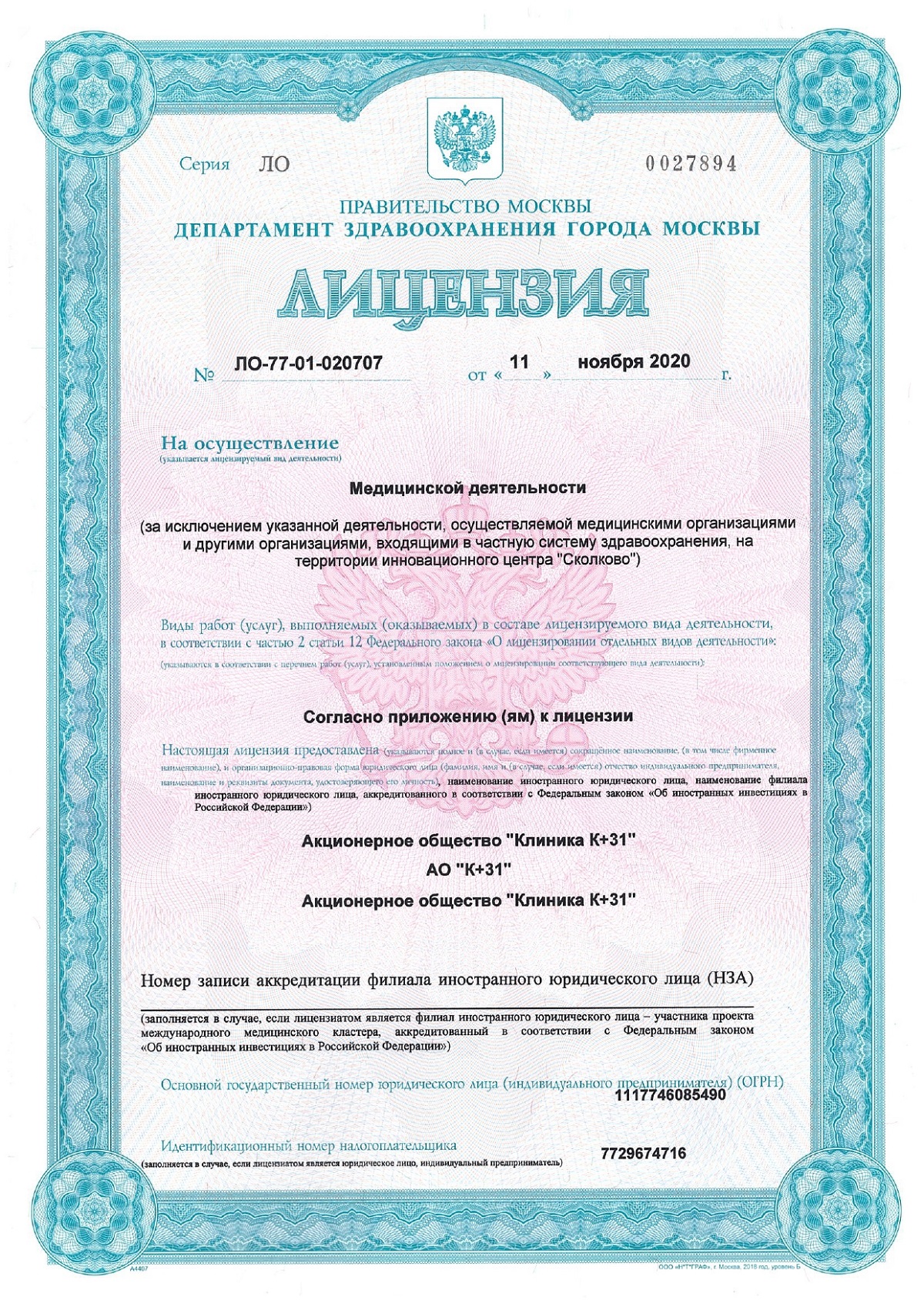
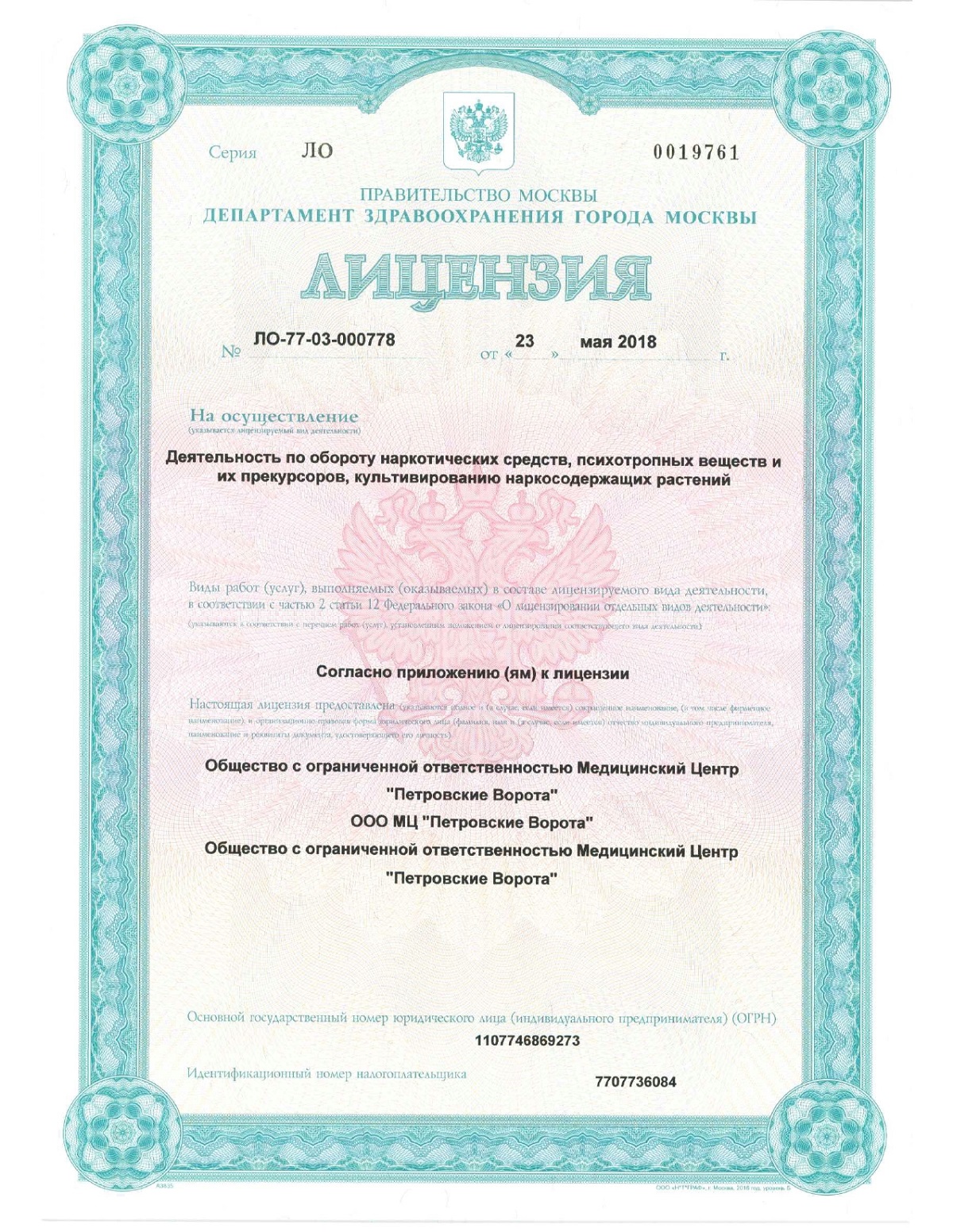
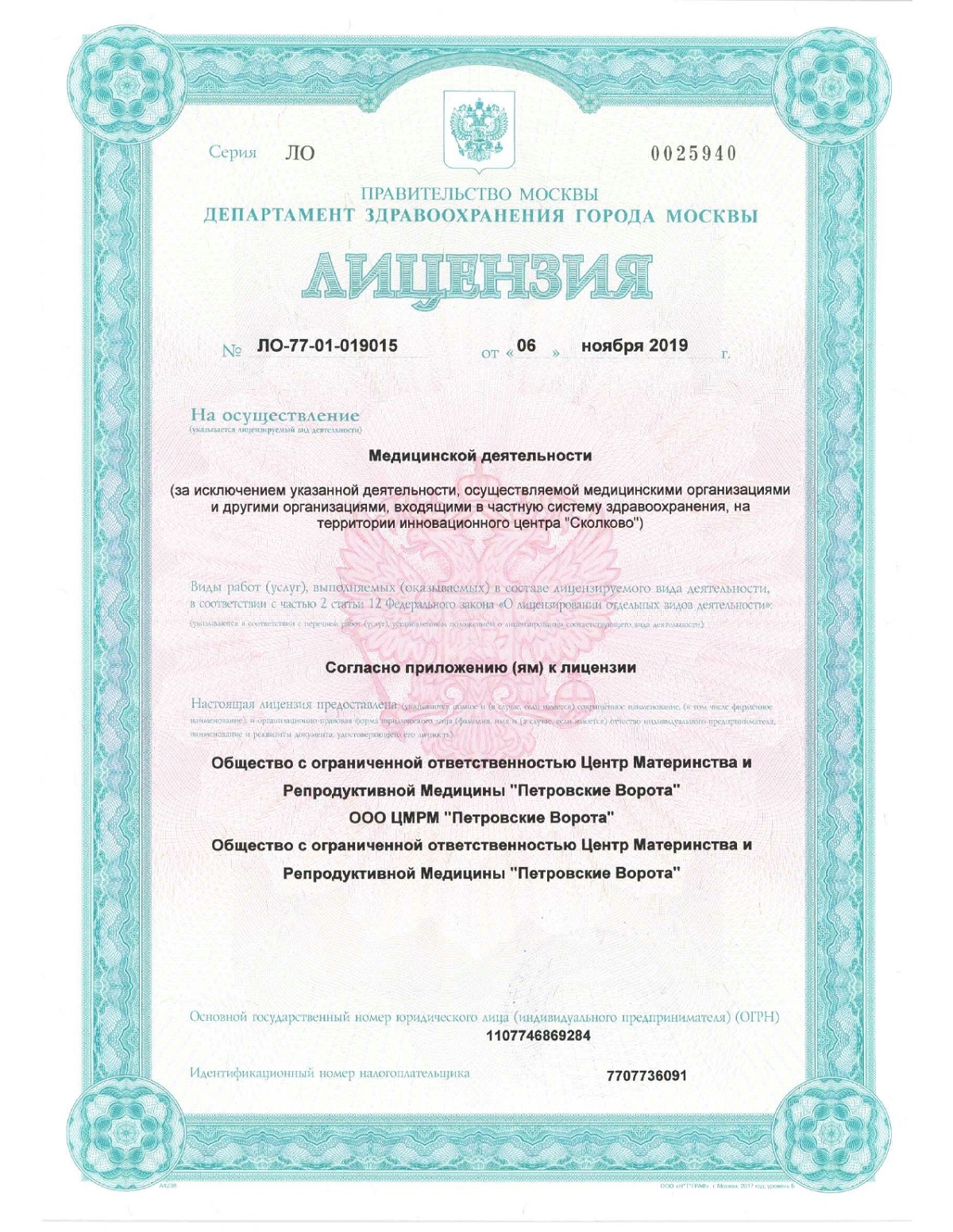
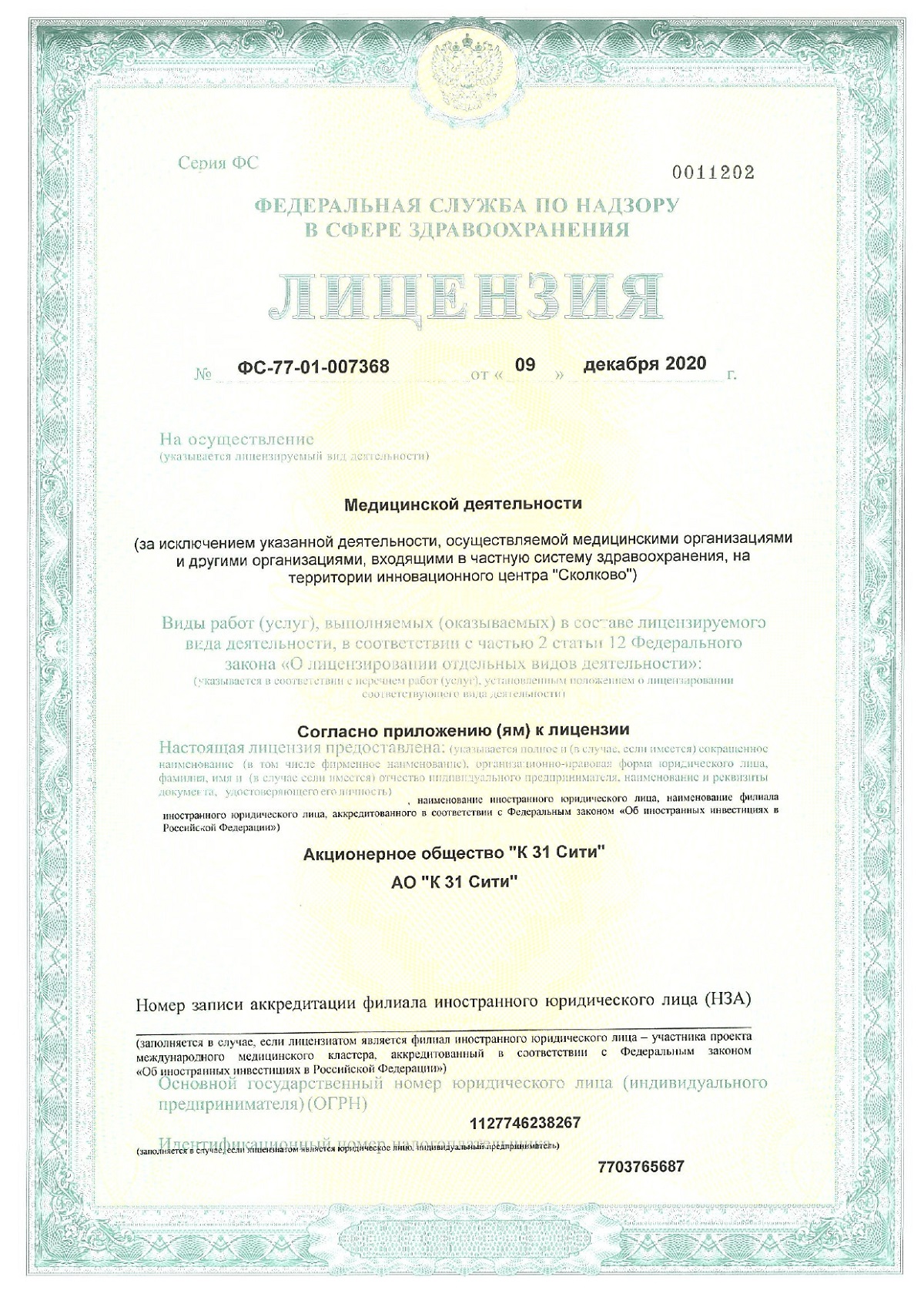



Symptoms of Chalazion
At the initial stage, chalazion manifests itself quite noticeably - the affected eyelid becomes red, hot to the touch and noticeably itches. A person experiences a bursting pain, as if something is constantly pulling from the inside.
Many people notice a special sensitivity to bright light - they want to close their eyes. Often, there is an unpleasant feeling of a foreign object in the eye, although in fact there is no foreign body.
After some time, acute symptoms begin to decrease, the pain subsides. Instead, a small swelling gradually increases - a round soft and mobile lump forms under the skin. Redness remains, but becomes less noticeable on the outside of the eyelid.